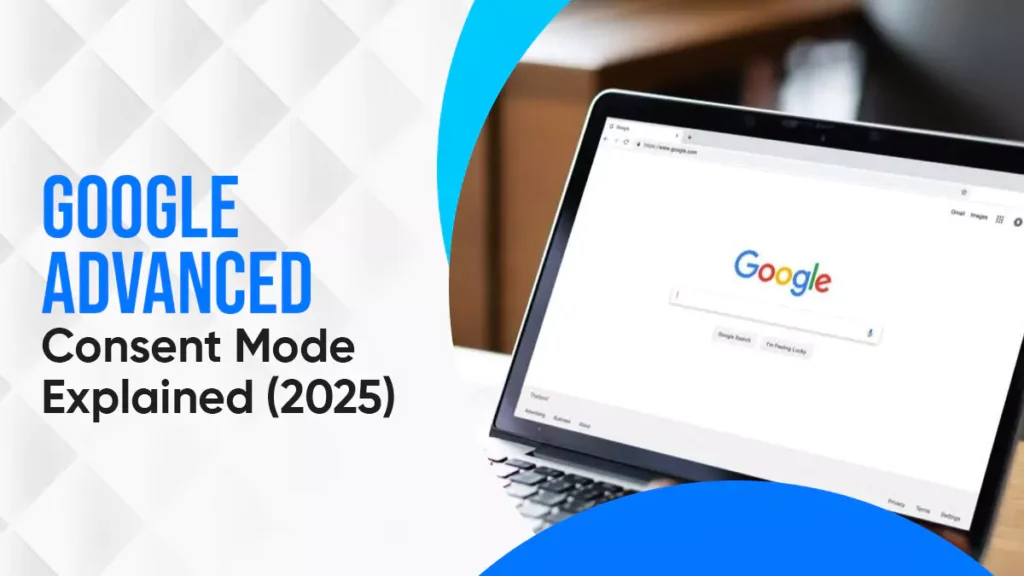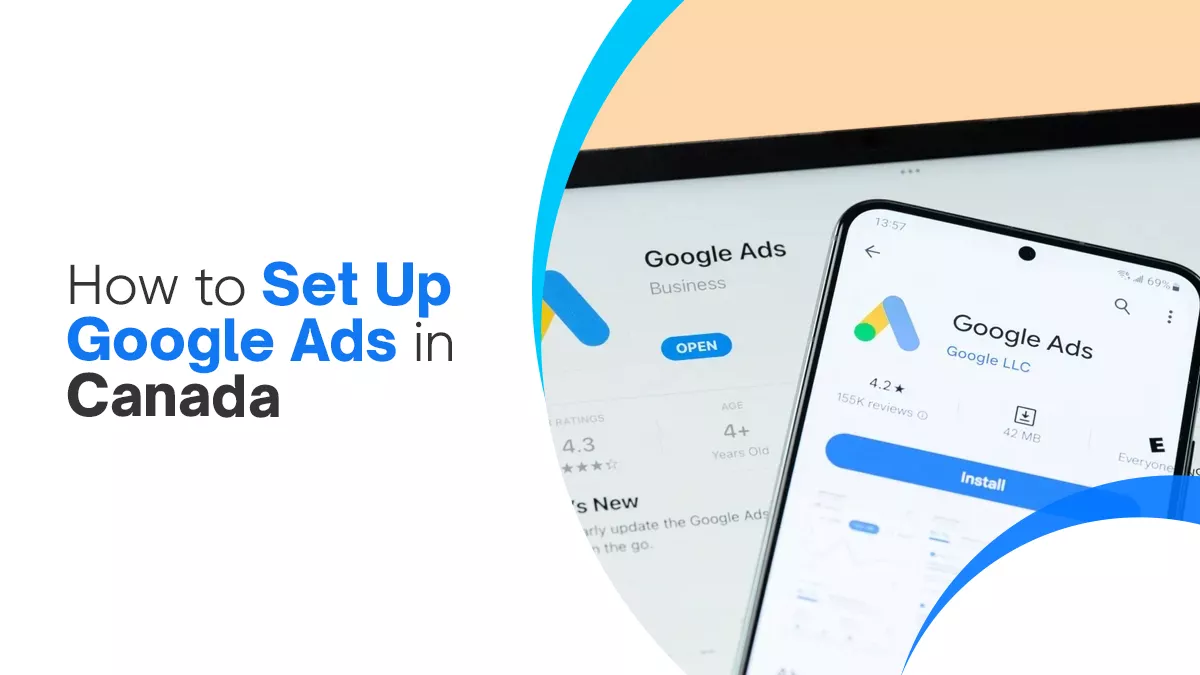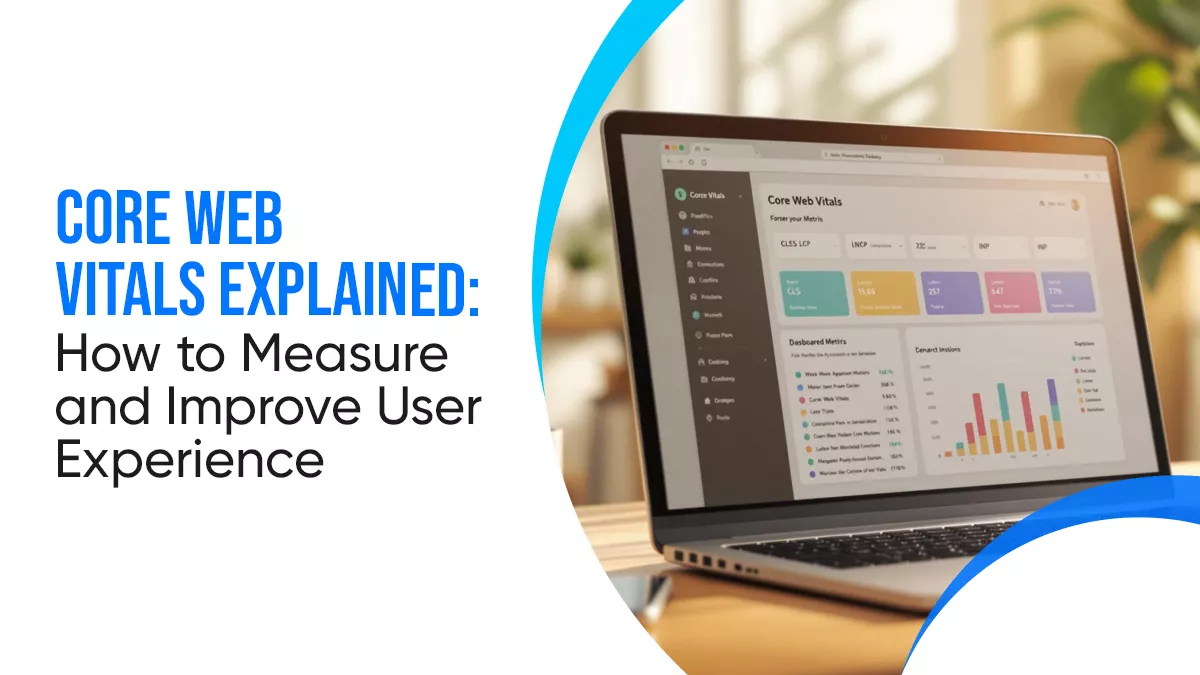The digital world is changing so fast. The privacy rules become stricter. Rules like GDPR, ePrivacy, and the EU’s Digital Markets Act (DMA). Moreover, they are reshaping how websites track visitors. At the same time, browsers are removing third-party cookies. Marketers still need clear and compliant measurement. Cookies were once the backbone of online advertising. Businesses now face a challenge.
How to measure performance without breaking privacy laws or losing valuable data. This blog explains Google Advanced Consent Mode (v2). How it works, why it matters, and how you can implement it..
What Is Google Advanced Consent Mode (v2)?
Google Advanced Consent Mode, often called Consent Mode v2. It is an upgraded framework introduced by Google. It allows websites to adjust how their tags behave based on a user’s consent preferences.
- If a user accepts cookies, you get full functionality: cookies, personalised ads, etc.
- If a user declines, you still get anonymized, non‐identifiable signals (cookieless pings) that let Google model conversions and behaviors.
It was introduced in 2020. The goal of this mode is to bridge the gap between GDPR compliance and their need for performance data. It has more value for privacy compliance, especially when users decline cookies.
Consent Mode uses data modelling to estimate lost data, making it possible to track conversions and interactions without breaching compliance laws.
What’s New in Google Advanced Consent Mode v2?
Many people are curious about what is new in this V2 mode. So the fact is it gives you an additional consent parameter. It has introduced 4 powerful parameters. Moreover, they directly control how data is handled. Including
- Ad_storage: Controls whether Google can store advertising cookies on the user’s device.
- Analytics_storage: Governs the storage of analytics cookies for tracking user interactions.
- Ad_user_data: Manages whether personal user data can be sent to Google’s advertising services.
- Ad_personalization: Determines whether data can be used for personalised ads like remarketing.
It’s important to understand these parameters for compliant data collection and precision. It adds more value in the privacy-first environment.
| Feature | Basic Consent Mode | Advanced Consent Mode (v2) |
|---|---|---|
| Tags either fire or don’t (yes/no) | Data when consent is denied | Tags adapt dynamically |
| Data when consent denied | No tracking | Cookieless pings & modeled data |
| Conversion modeling | Very limited | More robust consent modeling in Google Ads and GA4 |
| Granularity of consent | Coarse | Granular consent parameters like ad_user_data, ad_personalization |
| Best for | Simple compliance | Deep measurement in a privacy‐first world |
Why Did Google Launch Advanced Consent Mode v2?
It is not just about technology for cookie-less tracking; it is about trust and compliance. It gives more value and privacy to users. For example,
- As privacy expectations rise, people want more control over how their data is used.
- GDPR, ePrivacy, and DMA all require websites to respect consent before storing cookies.
- Cookies are disappearing.
- Chrome plans to phase out third-party cookies, just like Safari and Firefox already did.
- Helps businesses stay compliant while still running conversion attribution under limited consent.
- It’s a middle ground between respecting privacy and keeping marketing measurable.
How to Implement Google Consent Mode v2 Step by Step
Here are implementation best practices, drawn from technical details from Simo Ahava’s post and Seers AI:
Step 1: Use a Consent Management Platform (CMP)
- Must display a cookie banner or consent UI that allows users to accept, reject, or customise consent in different categories.
- Should support the four consent parameters (especially ad_user_data and ad_personalization) for full v2 compliance.
Step 2: Set Default Consent State to Denied
- Until the user acts, consent states should begin as denied for all relevant parameters. That avoids data collection without consent.
Step 3: Script or Tag Setup (gtag.js or Google Tag Manager)
- Using gtag.js: call gtag(‘consent’, ‘default’, {…}) early on, setting all parameters to denied. Then, when the user gives consent, call gtag(‘consent’, ‘update’, {…}).
- Using Google Tag Manager (GTM):
- Use the Consent Initialisation trigger to set defaults before any tags fire
- Use tag templates or built-in consent checks for parameters like ad_storage, analytics_storage.
- Validate with Tag Assistant, debug network requests (gcs, gcd parameters), and ensure tags are not firing too early.
Step 4: Monitoring, Audits, and Maintenance
- Periodically check that your consent banner works, that consent signals are being passed properly.
- Use Google’s and third-party tools to see how many requests are “denied vs granted” and how modelling is filling in gaps.
- Stay updated on legal/regulatory changes.
Common Risks and Mistakes to Avoid with Consent Mode v2
As it comes with many benefits, but at the same time, there are many potential risks, including.
- The correct and default update settings. If the default is not denied or user updates are not handled properly. Then you may be collecting data you shouldn’t under the law.
- Tags firing too early (before consent initialization) may lead to non-compliant data collection. Misuse of ad_user_data or ad_personalization. Using user IDs or personal identifiers without explicit consent can violate GDPR.
- Do not over-rely on modeling. It helps fill gaps but is not perfect. There can be basic errors.
- CMP is not certified. That’s why Google required CMPs to be certified or to properly support required consent parameters.
How Consent Mode v2 Enables Cookieless Analytics
One of the big promises of Advanced Consent Mode is cookieless analytics. Even when cookies are blocked, Google uses:
- Cookieless pings (anonymized requests sent without identifiers).
- Aggregate modelling to fill data gaps.
- Consent-based measurement to balance accuracy with compliance.
This means marketers can still understand:
- How many conversions happen?
- Which channels drive performance?
- How to optimize budgets.
Do You Need Professional Help for Consent Mode v2 Setup?
Implementing Google Advanced Consent Mode v2 requires careful configuration, legal awareness, and ongoing monitoring. If you want to avoid compliance risks, ensure accurate measurement, and save time. Consider professional support.
Here’s how we can help:
- Set up or audit your consent banner and CMP to ensure all four consent parameters are handled correctly.
- Implementation of Consent Mode v2 via GTM or gtag.js, with debugging and validation (Tag Assistant, network requests).
- Guidance on conversion modelling, attribution under limited consent, and integrating with Google Ads / GA4.
- Ongoing privacy compliance reviews, with respect to GDPR, DMA, etc.
Quick FAQs
What is Google Advanced Consent Mode (v2)?
It is an upgraded framework that allows Google tags to adjust behavior based on user consent while still sending cookieless pings for modelling.
How does Advanced Consent Mode differ from Basic Consent Mode?
Basic mode is all-or-nothing. Advanced mode allows limited, anonymised tracking even when consent is denied.
What are the new parameters in Consent Mode v2?
They include ad_user_data and ad_personalization, in addition to ad_storage and analytics_storage.
Why is consent mode important for cookieless tracking?
It enables data collection and conversion modelling even without cookies, ensuring accurate insights.
How does consent mode impact Google Ads and GA4 data?
It helps recover lost conversion data through modelling, keeping campaigns effective.
Do I need a cookie banner or CMP to implement it?
Yes, it’s necessary, especially for compliance in the EU and CMP is required.
What are the benefits of modelling data with consent mode?
It fills data gaps, improves conversion attribution, and ensures compliance.
Is consent mode required for GDPR and DMA compliance?
Yes, Google requires CMP integration for EEA-based users.
How do I configure advanced consent mode using GTM or gtag.js?
You can either use GTM for tag management or add parameters manually with gtag.js.
Can I track conversions even when users deny consent?
Yes, you can track through consent-based measurement and conversion modelling.
Disclaimer: The information provided in this blog is for general informational purposes only. For professional assistance and advice, please contact experts.








